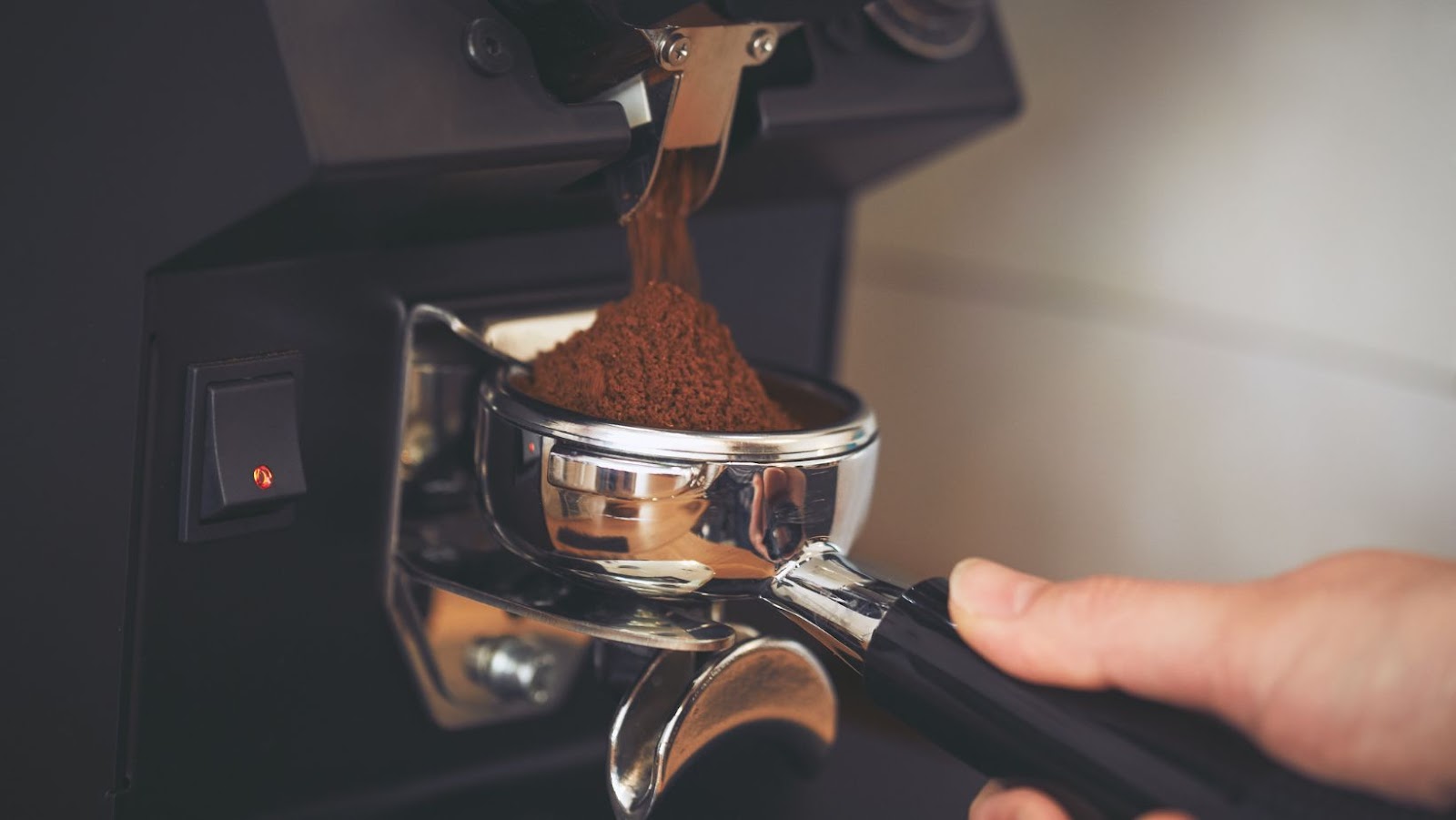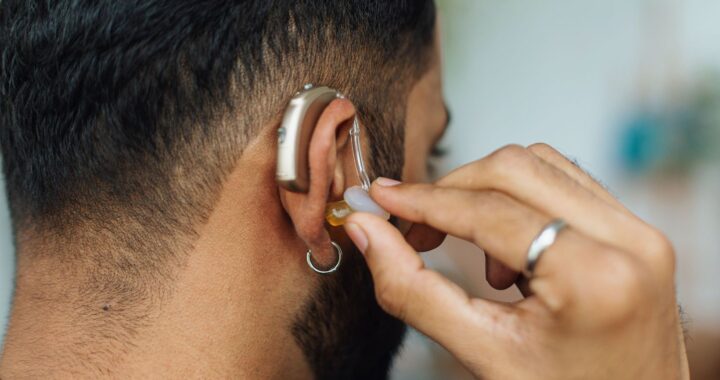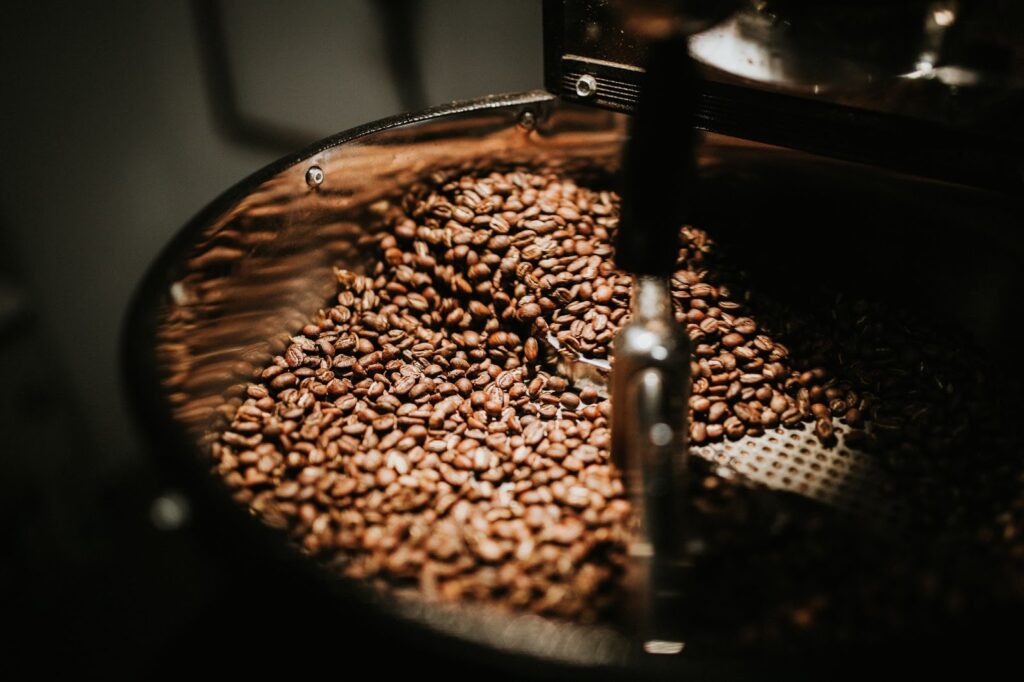
Tips For Grinding Coffee Beans In A Food Processor
To achieve the perfect coffee grounds, you need to grind the beans properly. “Tips for Grinding Coffee Beans in a Food Processor” with “Choosing the Right Type of Coffee Beans for Grinding, Cleaning the Food Processor Before Use, Measuring the Coffee Beans Properly, Pulse the Food Processor, and Checking the Consistency of the Ground Coffee” as solutions, will guide you on how to use your food processor correctly for coffee grinding.
Choosing the Right Type of Coffee Beans for Grinding
For optimal coffee grinding results, it is crucial to select the most suitable coffee beans. Identifying the best type of coffee beans for grinding depends on various factors such as roast level, flavor profile and origin.
To assist in choosing the right type of coffee bean for grinding, here is a table showcasing the popular types with their specifications:
| Type of Coffee Beans | Flavor Profile | Roast Level |
| Arabica | Mild and fruity | Light to medium |
| Robusta | Bitter and earthy | Medium to dark |
| Liberica | Floral and woody | Medium to dark |
Selecting an uncommon type, such as Liberica beans can offer a unique taste experience as compared to commonly used Robusta or Arabica beans.
Did you know that coffee is not technically a bean? It’s actually a fruit known as ‘coffee cherries’ that grows on trees.
Cleaning a food processor is like trying to solve a Rubik’s Cube blindfolded, but with less frustration and more soap.
Cleaning the Food Processor Before Use
Maintaining Food Processor Hygiene Before Grinding Coffee Beans
Ensure hygiene is maintained before using the food processor to grind coffee beans. Here’s how to clean the food processor:
- Unplug and remove blades
- Rinse all parts with soapy water and dry
- Wipe the food processor body with a damp cloth
Remember not to submerge any electrical parts in water.
It is crucial to avoid cross-contamination while cleaning the food processor by eliminating any residue left behind from previous use. Clean your workspace too.
Once you kept your Food Processor clean, blending coffee beans gets much easier and gives excellent results. Precision is key when measuring coffee beans, unless you’re trying to pull an all-nighter and don’t mind seeing sounds.
Measuring the Coffee Beans Properly
The process of achieving the perfect grind for coffee involves more than just placing the beans in a food processor. One of the crucial steps is determining an accurate measurement of the coffee beans.
To measure coffee beans accurately, follow these 6 easy steps:
- Start by checking how many cups you’re making.
- The standard measurement is one tablespoon for every six ounces of water.
- Measure the water to ensure accuracy, and then multiply it by your desired number of cups.
- Weigh your coffee – use a kitchen scale if possible to measure out exact amounts
- The amount of ground coffee needed depends on your preferred strength and texture – fine, medium, coarse or cajun.
- For a more complex taste profile use a coffee calculator that will calculate optimal water-to-coffee ratios based on brew method and personal preference
Once you finalize measuring out your bean-to-water ratio based on your individual preferences, enter it all into a simple code algorithm in order to visualize it statically!
Furthermore, when grinding the beans in a food processor be sure to follow some additional tips. Being able to master this art will really make your next soiree that much finer!
Give your coffee beans a raving heart massage with the pulsing power of your food processor!
Pulse the Food Processor
Grinding coffee beans to perfection can be achieved by pulsing the food processor with precision and care. The key lies in mastering the art of pulsing.
To ensure that your coffee beans are ground consistently, follow these simple steps:
- Start by pulsing the beans at regular intervals. Do not let the food processor run continuously as this will result in uneven grounds.
- Check the texture of the beans frequently and pulse accordingly. If you need a finer grind, pulse for longer intervals until you achieve your desired results.
- Be mindful of the amount of coffee beans you put in the food processor at one time. Overloading may lead to poor quality grinding and inconsistency in texture.
- To get an even grind, distribute the coffee beans evenly across the container before starting to pulse.
- Avoid over-pulsing as it can turn your grounds into dust which may not work well with certain brewing methods such as a French press or pour-over.
- Clean your food processor thoroughly between uses and ensure that it is dry before using it again.
It’s important to note that different types of coffee require different grinding methods. For instance, espresso requires a fine grind while drip coffee requires a coarse grind.
To adjust for different types of coffee, you’ll need to experiment with grinding times and techniques. Once you’ve got a feel for your food processor, you’ll be able to create perfect cups every time.
Finally, consider investing in high-quality coffee beans as they make all the difference in taste and aroma. Grind fresh and savor every sip!
Make sure your grind is consistent, or you’ll end up with a cup of coffee that’s more inconsistent than your therapist’s advice.
Checking the Consistency of the Ground Coffee
The Texture of the Ground Coffee: A Professional Insight
Achieving the right texture while grinding coffee beans is crucial. After all, a poorly ground coffee can result in an unpleasant taste and aroma. Here is how you can check the consistency of your ground coffee:
- Visual Assessment: Check the color of the grounds. The powder should be uniform in color and texture with no visible lumps or chunks.
- Texture Check: Rub a small amount of grounds between your fingertips to feel if there are any large chunks or fine powder. The texture should feel consistent without any hard chunks or dusty residue.
- Brew Test: The real test is to brew the coffee and assess its taste, aroma, body, and strength. If it tastes strong and bitter then it may be over-extracted or burnt, while weak or watery coffee may indicate under-extraction.
While using a food processor to grind coffee beans provides convenience, it may not deliver consistent results like those obtained from using specialized grinders. However, following these steps can ensure that you achieve quality ground coffee.
It’s time to put these tips into action! Get yourself some high-quality coffee beans and grind them with confidence for a delightful cup of joe every time. Don’t let FOMO get to you; start enjoying freshly brewed quality coffee today!
Grinding coffee beans in a food processor is like using a chainsaw to carve a statue- it may get the job done, but it’s not exactly the most refined tool for the job.
Advantages and Disadvantages of Using a Food Processor to Grind Coffee Beans
To understand if a food processor is the ideal solution for grinding coffee beans, dive deep into its advantages and disadvantages to grind coffee beans with the title, ‘Advantages and Disadvantages of Using a Food Processor to Grind Coffee Beans.’ Discover the potential rewards of grinding coffee beans with a food processor with the sub-section ‘Advantages of using a Food Processor,’ and the sub-section ‘Disadvantages of using a Food Processor’ in this article.
Advantages of Using a Food Processor
Food Processors and the Benefits of Grinding Coffee Beans
Food processors are an innovative tool that can be used to grind coffee beans effectively. Using a food processor for this purpose has many advantages, which include versatility, speed, and cost-effectiveness.
- Versatility: A benefit of grinding coffee beans with a food processor is the ability to use the same appliance for different purposes. One can use it for several tasks in the kitchen such as blending, chopping or pureeing ingredients.
- Speed: Another advantage is that it grinds coffee beans faster than using a traditional manual method. The process takes minimal time when using a food processor, hence ensuring timely completion of tasks.
- Cost-Effectiveness: Food processors are cost-effective since they save you money by eliminating the need to purchase specialized equipment just for grinding coffee beans which can be an added expense.
Additionally, using a food processor helps one to customize their grind size quickly which ensures optimal extraction and enhances flavor quality; however, care must be taken not to over-process and end up with inconsistent sizes.
A true fact from Seattle Coffee Works states that freshly ground coffee offers richer flavor compared to pre-ground alternatives hence investing in suitable equipment for this task is essential.
Using a food processor to grind coffee beans is not only cost-effective, but also a great way to turn your morning cup of coffee into a power tool.
Cost-Effective
Using a food processor to grind coffee beans offers many cost-effective benefits for coffee lovers. Here are some advantages of this method:
- Saves Money: A food processor is an affordable alternative to expensive coffee grinders.
- Multipurpose Tool: Food processors offer more functionality than just grinding coffee beans, thus making them cost-effective.
- Efficient: Grinding large amounts of coffee beans at once saves time and energy, leading to cost savings.
- Easy Maintenance: Proper maintenance of a food processor guarantees long-term use, reducing the need for frequent replacements and ultimately saving money.
Moreover, using a food processor ensures consistent coffee grounds with all the aroma and flavor intact. However, one must note that over-processing could result in uneven grounds or inconsistencies in taste.
To ensure maximum benefit from this cost-effective method without falling victim to its disadvantages, do not compromise on quality by being mindful of overprocessing. Missing out on these cost-saving tips would indeed be daunting! Try using a food processor today and enjoy freshly brewed coffee with minimal costs.
Using a food processor to grind coffee beans is so easy even a caffeinated monkey could do it.
Easy to Use
The user-friendliness of a food processor when it comes to grinding coffee beans is unquestionable. Here are some reasons why this kitchen tool is easy to use:
- Food processors have simple control panels where you can easily turn them on and off or change the speed settings.
- The size and shape of the processing bowl allow you to pour coffee beans without spilling them all over the counter or the floor.
- Cleaning up is a breeze since most parts of the food processor can be detached for washing, unlike in traditional coffee grinders which require more dismantling before cleaning.
Not only that, but using a food processor also allows for versatility in terms of functionality. For instance, you can use it to grind other ingredients such as nuts, spices or herbs. This not only saves time but also minimizes clutter since you do not need dedicated gadgets for each task.
It is worth noting that some food processors may still produce unevenly ground coffee, especially if they lack adjustable burrs or blades designed specifically for grinding coffee beans. However, with practice and experimentation, users can still achieve their desired level of grounds.
According to America’s Test Kitchen (ATK), “coffee grounds from food processors were indeed less consistent than those from dedicated grinders,” so it is important to choose your ideal grinding consistency before deciding which method fits best.
Who needs a barista when you have a food processor that can grind everything from coffee beans to nuts to your ex’s hopes and dreams?
Able to Grind Other Ingredients
Able to Process More Than Just Coffee Beans:
Food processors have the capability to go beyond just grinding coffee beans. Following are some additional ingredients that can be ground in a food processor:
- Nuts (almonds, hazelnuts, etc.)
- Spices (cumin, coriander, etc.)
- Vegetables (onions, garlic, etc.)
- Meat
These ingredients can be finely chopped and processed to the desired texture with ease in a food processor, making it a versatile kitchen appliance.
It is worth noting that while using a food processor for grinding other ingredients besides coffee beans is possible, it is recommended to clean it thoroughly before and after use to avoid cross-contamination of flavors.
Pro Tip: Keep spare blades and jars separately for coffee beans grinding and all other ingredients processing.
Sorry, your coffee may taste like regret if you use a food processor.
Disadvantages of Using a Food Processor
Using a food processor to grind coffee beans can have some drawbacks. Here are some concerns to consider:
- The texture of the ground coffee can be inconsistent and may not meet your expectations.
- Using a food processor may generate heat, which can negatively impact the flavor and aroma of the coffee.
- Food processors are not designed specifically for grinding coffee beans, so they may not produce as fine or consistent results as a dedicated coffee grinder.
It is important to note that while using a food processor might be a convenient way to grind coffee beans, you should be aware of these limitations and factor them into your decision-making process.
One unique detail to consider is that some food processors may leave behind excess oils from previous use, which could contaminate the flavor of your ground coffee.
Interesting fact: In 2013, Krups launched a “Grind Expert” attachment for their food processors designed specifically for grinding coffee beans.
Who needs a magic eight ball when you can grind your coffee beans in a food processor and get a random assortment of inconsistent grounds every time?
Inconsistent Grounds
The quality of coffee ground by a food processor may vary. The following table provides some advantages and disadvantages of using a food processor to grind coffee beans.
| Advantages | Disadvantages |
| – Convenience | – Inconsistent size and shape of the grounds |
| – Lower cost than a coffee grinder | – May not produce fine grounds for espresso |
It is worth noting that inconsistent coffee grounds can lead to uneven extraction, resulting in an unsatisfactory cup of coffee. While a food processor can be a convenient tool, it may not consistently deliver the desired results.
To avoid inconsistency in your coffee, consider investing in a dedicated burr grinder. This may ultimately improve the quality and enjoyment of your cup of coffee. Don’t miss out on the perfect cup!Why settle for a boring cup of coffee when you can add the thrill of a potential fire hazard with your food processor?
Potential for Overheating
During the grinding process, a food processor can generate heat that affects the quality of coffee. This happens because of the friction and pressure exerted on coffee beans during grinding. Excessive heat can cause coffee beans to lose their natural flavors and aroma, resulting in a bitter taste.
To prevent overheating, it is advisable to grind coffee beans in small batches rather than all at once. This allows for efficient heat dissipation during the grinding process. Another way to avoid excessive heat generation is by using a low-speed setting on your food processor when grinding coffee.
Apart from affecting taste and flavor, overheating can damage your food processor’s blade and motor. When using a food processor to grind coffee regularly, it is important to take breaks between sessions to avoid overheating. Moreover, make sure that the blades are sharp enough to minimize friction and reduce heat generation.
Pro Tip: Before using your food processor, always refer to manufacturer instructions and recommendations for maximum efficiency and safe usage.
Grinding coffee beans in a food processor is like trying to blend in at a party with a leaf blower – it’s loud, messy, and definitely draws attention.
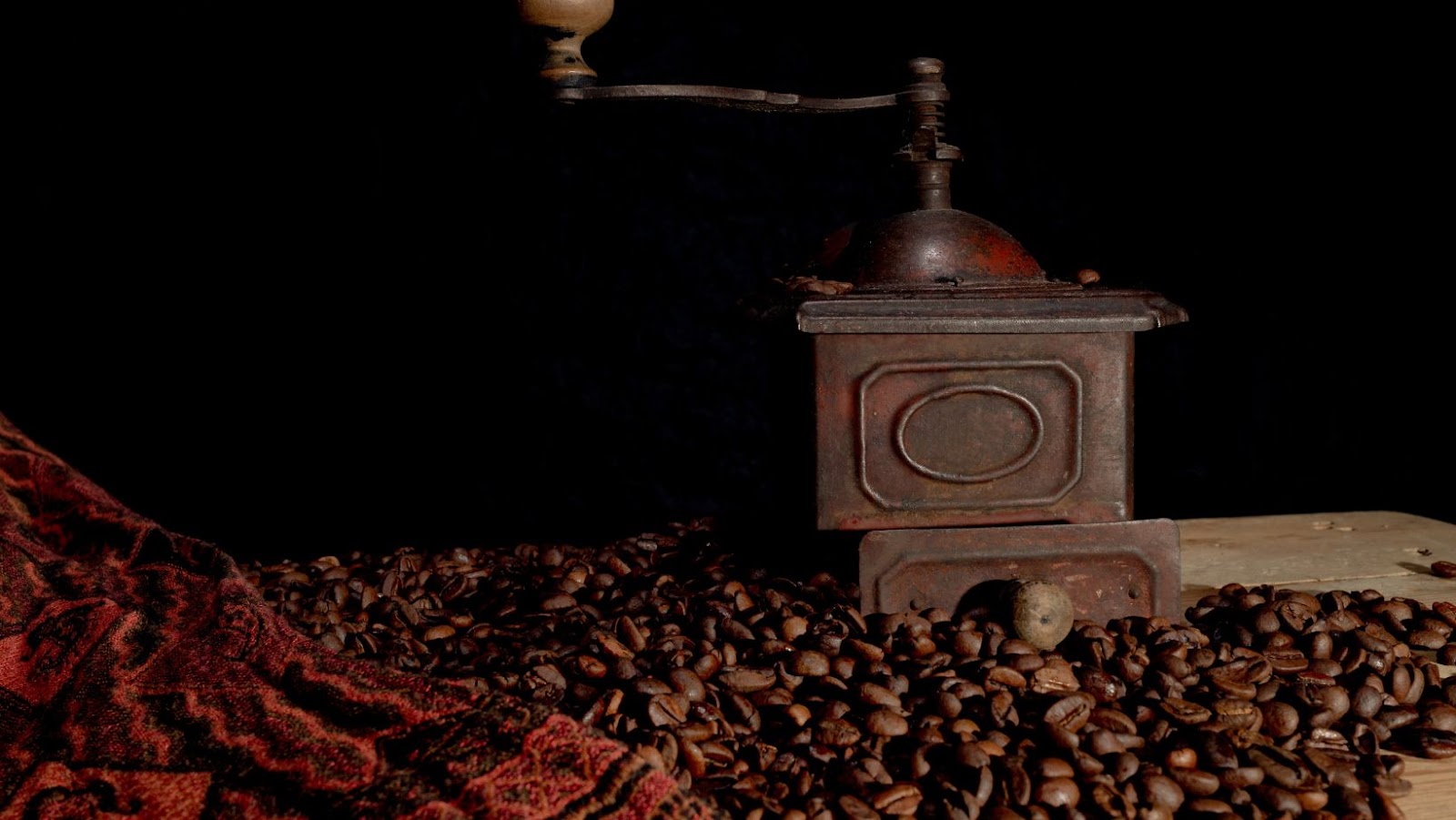
Noisy and Messy
Grinding coffee beans with a food processor can lead to a peculiar underlying problem that could annoy you while preparing your morning coffee. One of the interesting, yet not-so-desirable aspects of using a food processor to crush coffee beans is the inherent noisiness and messiness.
- Using a food processor creates unbearable noise that is likely to disturb people around you as well as your peace.
- The grinder could be messy since some beans might break apart faster than others, spilling out the contents onto the sides of the container.
- You may also face difficulty cleaning up after grinding because the pieces are often small and hard to spot.
- The powdery residue generated from grinding process can go airborne and create quite a mess in your kitchen counter or island.
- The noise generated by the food processor might also lead younger individuals in your home to become frightened due to loud noises heightened sensitivity.
- Also, there’s always an uphill battle when bringing noisy electronic appliances in front of children or near pets, as they are known for being unpredictable around extraneous sounds.
Moreover, besides causing annoyance and unease, excessive noise levels that occur during your morning routine (or any other time of day) could cause difficulty hearing important information that needs addressing.
We suggest choosing an electronic burr grinder designed explicitly for grinding coffee beans. This kind of grinder has several benefits such as significantly lower decibel rating which ensures not only soundless preparation but also preserved quality and flavor profiles. Additionally, invest in grinders with removable parts so that you can quickly rinse them after use and avoid any foul odors developing over time.
Who needs a coffee grinder when you have a sledgehammer and a pillowcase full of beans?
Can I Grind Coffee Beans in a Food Processor
To grind coffee beans in alternative ways, using a food processor may not be a suitable solution. In order to achieve the best flavor and texture, you can consider using a manual coffee grinder, an electric blade grinder or an electric burr grinder. Let’s explore the benefits of each.
Using a Manual Coffee Grinder
To grind coffee beans manually, a hand-operated grinder can be used. This traditional tool is simple to use and produces consistent grounds with the perfect size for brewing coffee.
Here are the steps to using a manual coffee grinder:
- Open the top lid of the grinder.
- Pour in the desired amount of coffee beans into the hopper.
- Adjust the settings on the grinder to get your preferred coarseness or fineness of grounds.
- Turn the crank handle to start grinding.
- Catch the freshly ground coffee grounds in a container placed underneath the grinder, making sure to avoid spills and keep it clean.
To maximize your experience, consider investing in a high-quality manual coffee grinder. It’ll last longer and give you more control over how your beans are ground, allowing you to customize your cup of Joe according to flavor and strength preferences.
To prevent wrist strain while grinding, look for a model that is ergonomically designed with a comfortable grip. A manual burr grinder is an excellent choice as it grinds slowly and evenly ensuring no heat buildup or damage occurs during processing.
One other suggestion is to freeze your whole beans before grinding them with a manual grinder. This makes them easier to grind since they are rock solid and break down evenly inside.
By using a manual coffee grinder at home, one can enjoy perfectly tailored drink flavors at all times without having to rely on expensive commercial products or specialty coffee shops.
Grinding coffee beans with an electric blade grinder is like using a chainsaw to cut a piece of toast.
Using an Electric Blade Grinder
For those who prefer grinding coffee beans at home, using an electric blade grinder is a common choice. With simple functionality and affordable prices, it’s ideal for personal use. Here’s how to use an electric blade grinder effectively:
- Start by measuring the coffee beans you need, depending on your preferred taste.
- Pour the coffee beans into the container of the grinder.
- Attach the lid of the grinder to ensure that it’s properly closed before use.
- Press and hold down the button until you get your desired level of coffee grind. You may want to pulse in short intervals for more control.
- Once the grinding process is complete, unplug or switch off the machine and remove the lid to pour out your freshly ground coffee.
- Clean both the container and blades thoroughly after every use for hygiene purposes.
It’s essential always to adhere to precautions while using any electrical device. Be careful not to over-grind or under-grind your beans as this can affect their flavor negatively. To avoid clogging up grinders with oily beans such as French roast and espresso beans, consider adding small amounts at a time instead of filling up the entire container.
Making minor adjustments during grinding can significantly enhance flavor notes in your brewed coffee. Consider experimenting with different grind sizes for varying brewing methods such as French press and pour-over. Who needs to visit the gym when you can get an arm workout from using an electric burr grinder to grind your coffee beans?
Using an Electric Burr Grinder
Electric burr grinding is a process of grinding coffee beans using an electric tool, known as an electric burr grinder. The method provides the perfect grind size with an adjustable grind setting that caters to all types of coffee brewing methods.
- Consistent Grind: The Electric Burr Grinder produces a uniformly sized coffee bean powder.
- Precise Settings: The burr grinder allows users to adjust the settings precisely, providing full control over the accessibility and fineness of the ground beans.
- No Heat Generated: Unlike other uniform grinders, there is no heat generated while processing with the Electric Burr Grinder, safeguarding the aromatic elements of your roasted coffee beans for a fresher taste.
Moreover, due to its ease of use and convenience, this method serves as an efficient option for baristas and home brewers alike.
Did you know? The history behind the creation of an Electric Burr Grinder dates back to 1930 when two influential figures, John Oster and Henry C. Simmons, were credited with inventing and patenting the first ever manual burr grinder. Later on, various electric models started emerging in the market that revolutionized our approach towards coffee grinding techniques.
Keep your coffee grounds fresher than your ex’s new relationship with these storage tips.
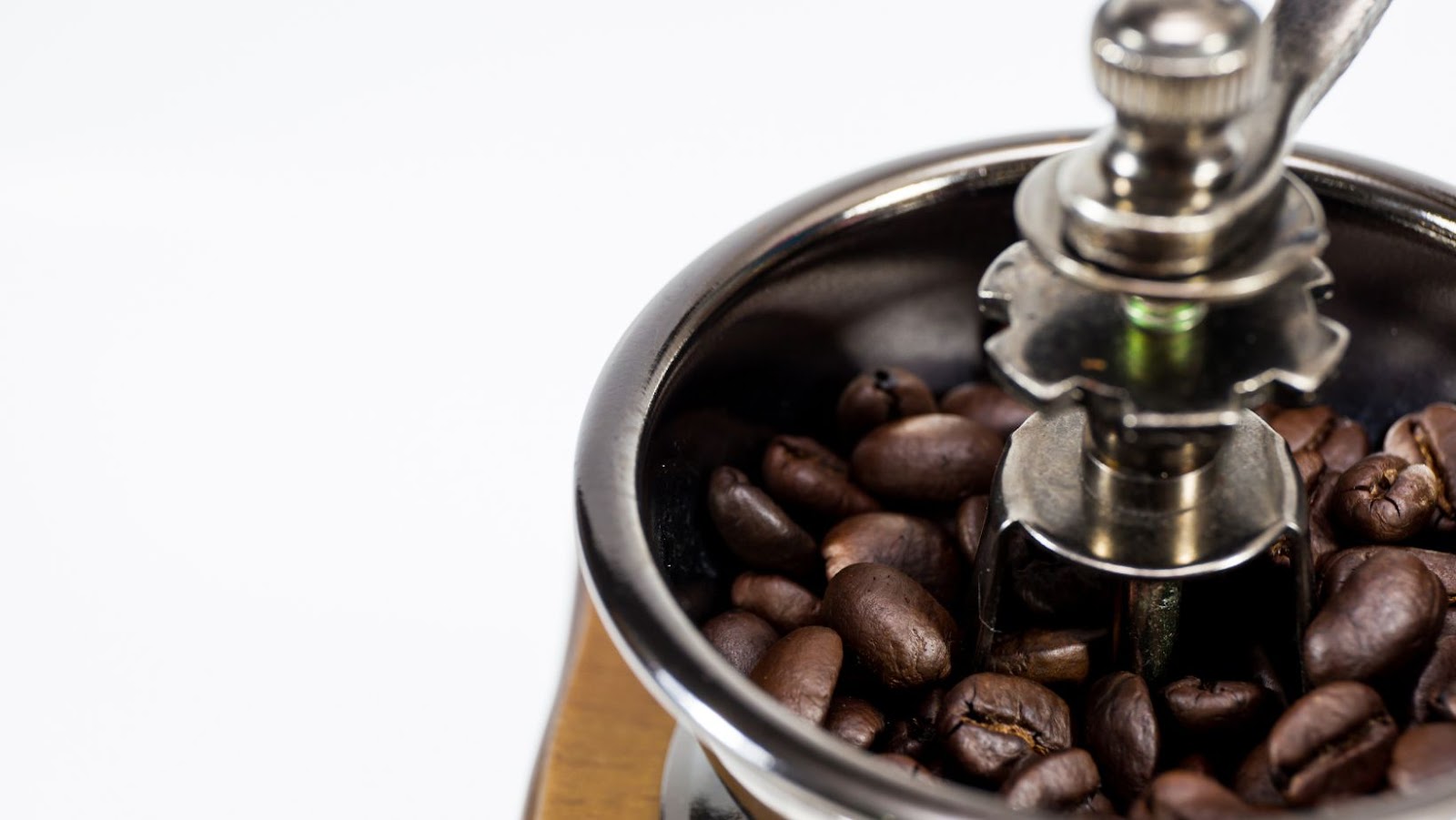
Storage Tips for Ground Coffee Beans
To ensure that your ground coffee beans remain fresh and retain their full flavor, you need to store them effectively. In this section on storage tips for ground coffee beans, we’ll provide you with the solution to your problems with the use of airtight containers, as well as keeping your coffee away from light and moisture. Additionally, we will explore the pros and cons of storing coffee in a refrigerator or freezer.
Storing Ground Coffee in Airtight Containers
When it comes to preserving ground coffee beans, proper storage is key. Ensuring that the aroma, flavor and freshness of your coffee stay intact are crucial in making a great cup of joe.
- Choose an airtight container to store ground coffee. This will keep air, moisture, and other odors from contaminating your beans.
- Store your coffee in a dark place away from sunlight to prevent oxidation which leads to stale coffee.
- Do not store your coffee in the refrigerator or freezer as moisture can damage the quality of your beans.
- Avoid buying large quantities of ground coffee at once to ensure you are only using fresh beans.
It’s important to note that not all containers are created equal. Airtight bags with one-way valves can allow carbon dioxide gases out while preventing oxygen from entering, but they should be used within 2 weeks of opening. Glass jars with rubber seals are also good options for storing ground coffee.
When it comes down to it, investing in quality beans and proper storage is worth it for that perfect cup of daily java.
Drinking my daily cup of coffee got even more exciting when I stumbled upon some high-quality beans on vacation in Colombia. After a lengthy conversation with the barista about why Colombian beans were superior (of course he was biased), I decided to splurge on a bag and bring it back home. To my delight, the delicate aromas remained balanced after transporting them across borders — thanks entirely to an airtight container!
Dark roast, light-proof – just like my ex’s heart, these storage tips keep coffee fresh and full of flavor.
Keeping Coffee Away from Light and Moisture
To maintain the quality of the coffee beans, it is crucial to store them away from exposure to light and moisture. Light and moisture can cause the beans to lose their essential oils, making them stale and tasteless over time. This could be addressed by using an appropriate container.
To preserve the freshness of any coffee bean, it is best to put them in opaque containers instead of see-through ones as this way sunlight wouldn’t enter. Moisture can be absorbed through contact with air due to high humidity or weather conditions causing a change in flavour; therefore, the containers you choose should have good sealing abilities. Storing coffee in a cool environment helps extend its shelf life.
It’s important not to overlook the significance of purchasing whole bean coffee rather than already ground coffee because after they have been ground, they tend to go stale faster. Whole beans no matter how long they are preserved won’t cause any loss of aroma and flavour if appropriately stored.
In ancient times coffee was stored in simple containers made from wood or sacks, which were open-air bags that didn’t protect against moisture or temperature variation. However, with modern storage canisters like stainless steel air-tight jars or glass jars with rubber sealed lids air can be kept out while allowing easy access when needed.
Why freeze coffee when you can just freeze your soul and have the same effect?
Keeping Coffee in the Refrigerator or Freezer?
Storing Coffee Beans – Refrigerator or Freezer?
Maintaining the quality of coffee beans depend on various factors, one being the storage method. A common debate surrounds whether to store coffee in the refrigerator or freezer. Here are some key points to keep in mind:
- Refrigerator and freezer temperatures can cause moisture build-up leading to flavor loss
- Exposure to air and light will result in oxidation – avoid clear containers as sunlight degrades coffee oils and freshness
- Temperature fluctuations inside the fridge or freezer can shorten the shelf-life of coffee
- If opting for a cold-storage method, consider vacuum-sealing bags; it will protect from odor absorption from other food items
- Only freeze once i.e., do not freeze then thaw repeatedly as this damage product quality.
It’s also useful to note that storing ground coffee is not recommended. The reason being that contact with oxygen causes coffee to lose its freshness quickly and grinding exposes more surface area to air.
Did you know that storing beans in the freezer became a popular trend when people began ordering gourmet coffees online? Experts at specialty shops start advising customers about keeping them fresh using freezers, instead of absorbing flavors from surrounding grocery purchases.
Grinding coffee beans in a food processor may be efficient, but unless you want your morning brew to taste like a blender malfunction, stick to traditional methods.
